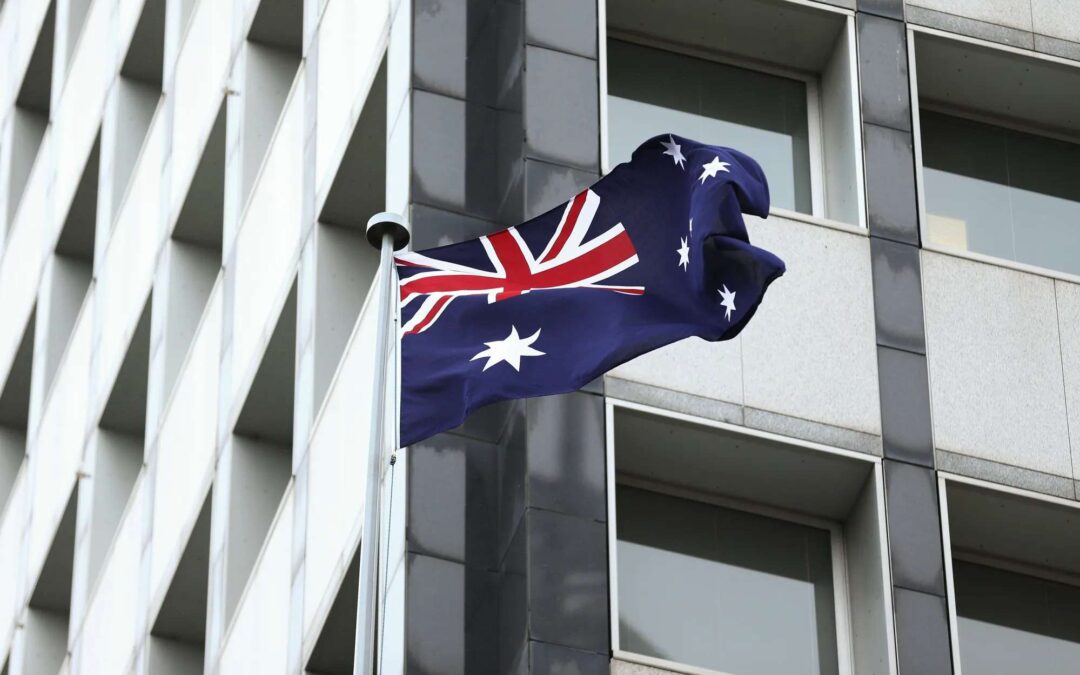Synopsis: Australia’s crypto industry finally gains regulatory clarity as ASIC updates rules on digital assets, defining licensing needs for stablecoins, tokenized products, and custodial services while exempting simple Bitcoin or Ethereum trading.
Australia’s crypto industry finally has the clarity it waited years for. The Australian Securities and Investments Commission (ASIC) has released expanded guidance on digital assets, marking a crucial moment for the country’s evolving crypto landscape. Yet, despite optimism, worries about resources and execution weigh heavily on industry voices.
Clearer Rules for a Murky Market
ASIC updated its Information Sheet 225, titled “Digital Assets: Financial Products and Services,” providing long-sought answers on how existing laws apply to crypto businesses. The update, which replaces the term “crypto-assets” with “digital assets,” now covers a wide range of tokens, stablecoins, and tokenized products.
Under the revised rules, companies offering digital asset services that qualify as financial products must hold an Australian Financial Services License (AFSL) and join the Australian Financial Complaints Authority by June 30 next year. However, simple Bitcoin or Ethereum spot trading remains outside the financial product category. This means exchanges dealing only with these assets don’t need an AFSL.
For me, that clarity feels overdue. Australia’s crypto community had long operated in a grey zone. Now, at least, businesses know where they stand even if it comes with more paperwork.
Stablecoins and Tokenized Assets
The expanded guidance emphasizes that stablecoins, wrapped tokens, tokenized securities, and custodial wallets fall within the financial product bracket. ASIC will also offer temporary regulatory relief for some stablecoin and wrapped token distributors, ensuring a smoother transition before full legislation takes effect.
Crypto lawyer John Bassilios noted that Bitcoin and most NFTs still stand outside these tougher requirements, but yield-bearing tokens and staking services will need licensing. To me, this split approach seems pragmatic it balances innovation with accountability in a sector prone to volatility.
ASIC Commissioner Alan Kirkland called the framework “technology-neutral,” aiming to treat digital assets like traditional products when appropriate. He stressed that offshore operations targeting Australians will also fall under local law. That stance could deter unlicensed players and boost investor trust after years of scandals.
Industry Welcomes Clarity
Many in the sector have welcomed ASIC’s move. Steve Vallas, CEO of Blockchain APAC, applauded the clarity but warned of “structural bottlenecks.” Limited local expertise, banking access, and insurance capacity could make compliance more of a logistical challenge than a legal one.
Amy-Rose Goodey from the Digital Economy Council of Australia said the update gives long-awaited visibility into ASIC’s stance. “It shows how ASIC plans to treat digital asset businesses,” she said. Still, she raised concerns about whether the regulator has the staff and funding to handle a flood of licence applications on time.
I find that concern well-founded. Hundreds of exchanges, wallet operators, and token platforms might now rush to meet the June deadline, and delays could freeze innovation or push projects offshore.
A Step Forward, But Execution Is Key
The timing of this update ties closely to the Albanese government’s broader digital asset framework, which will regulate exchanges under existing financial laws by 2026. The Treasury’s consultation on the accompanying legislation closed last week, setting the stage for the next phase of crypto regulation.
To many observers, this alignment with international standards such as Europe’s MiCA framework signals that Australia wants to emerge as a safe and innovative digital asset hub. But the devil lies in the details. Smaller players may struggle with the $10 million asset threshold for custodians, while restrictions on staking could stifle growth.
Personally, I see progress here but also a warning. Clarity is good but without adequate enforcement, even the best guidance can fall flat. If ASIC improves its resourcing and streamlines licensing, this could unlock billions in tokenized assets and rebuild investor confidence.
Written By Fazal Ul Vahab C H

